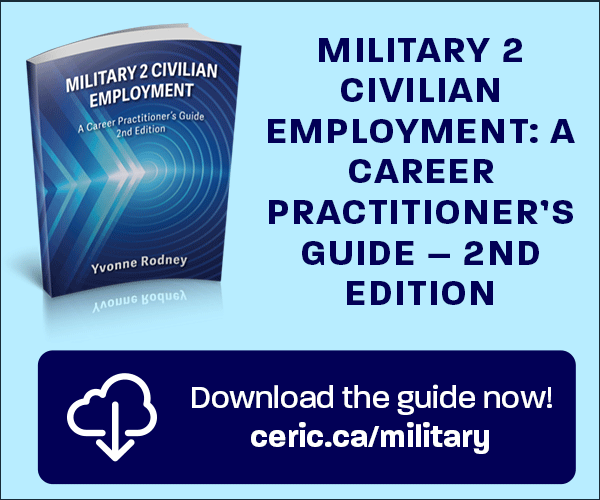Formula for Success in Career Building
Keywords:
success, career buildingAbstract
In the author’s opinion, traditional education and training systems have failed to equip youth and adults for the continual life and work transitions they will face beyond graduation. The way people prepare for life and work transitions is changing, as are the goals of career education and counselling. The focus is shifting from an emphasis on helping people choose an occupational goal, then develop plans to meet its educational and training prerequisites, to also helping them learn essential life/work skills they need to be satisfied, self-reliant citizens, able to make the most of the myriad transitions life will present.
References
Alberta Learning (1999). What Works: Career Building Strategies for Special Needs Groups.
Blustein, D.L., Phillips, S.D., JobinDavis, K., Finkelberg, S.L, & Roarke, A.E. (1997). A TheoryBuilding Investigation of the Schoolto-Work Transition. The Counseling
Psychologist, 25(3), 364-402.Conference Board of Canada, The (2000). Employability Skills 2000+
Fouad, N.F. (1997). School-to-Work Transition: Voice From an Implementer. The Counseling Psychologist, 25(3), 403-412.
Gysbers, N.C. (1997). Involving Counseling Psychology in the School-to-Work Movement: An Idea Whose Time Has Come. The Counseling Psychologist, 25(3), 413- 427.
Krumboltz, J.D. (1970). Job experience kits. Personnel and Guidance Journal, 49, 233.
Krumboltz, J.D., Scherba, D.S., Hamel, D.A., & Mitchell, L.K. (1982). Effect of training in rational decision making on the quality of simulated career decisions. Journal of
Counseling Psychology, 29, 618- 625.
Krumboltz, J.D., & Worthington, R.L. (1999). The School-to-Work Transition From a Learning Theory Perspective. The Career Development Quarterly, 47, 312- 325.
Lent, R.W., Hackett, G., & Brown, S.D. (1999). A Social Cognitive View of School-to-Work Transition. The Career Development Quarterly, 47, 297-311.
Newman, B.K. (1995). Career Change for Those Over 40: Critical Issues and Insights. The Career Development Quarterly, 44, 64-66.
Rosembaum, J.E., & Nelson, K.E. (1994). The Influence of Perceived Articulation on Adolescents’ School Effort. Paper presented at the meeting of the American Educational Research Association, New Orleans.
Savickas, M.L. (1999). The Transition From School to Work: A Developmental Perspective. The Career Development Quarterly, 47, 326-336.
Varenhorst, B.B. (1968). Innovative tool for group counseling: The life career game. The School Counselor, 5, 357- 362.
Varenhorst, B.B. (1973). Game theory, simulation and group counseling. In J. Vriend & W. Dyer (Eds.), Counseling effectively in groups (pp 226-233). Eknglwood Cliffs, NJ: Educational Technology.
Watts, A.G. (1999). The Economic and Social Benefits of Career Guidance. Paper presented at the International Association for Educational and Vocational guidance conference, Wellington, NZ.
Worthington, R.L., & Juntunen, C.L. (1997). The Vocational Development of Non-College-Bound Youth: Counseling Psychology and the School-to-Work Transition
Movement. The Counseling Psychologist, 25(3), 323-363

Downloads
Published
How to Cite
Issue
Section
License

This work is licensed under a Creative Commons Attribution-NonCommercial-NoDerivatives 4.0 International License.
















